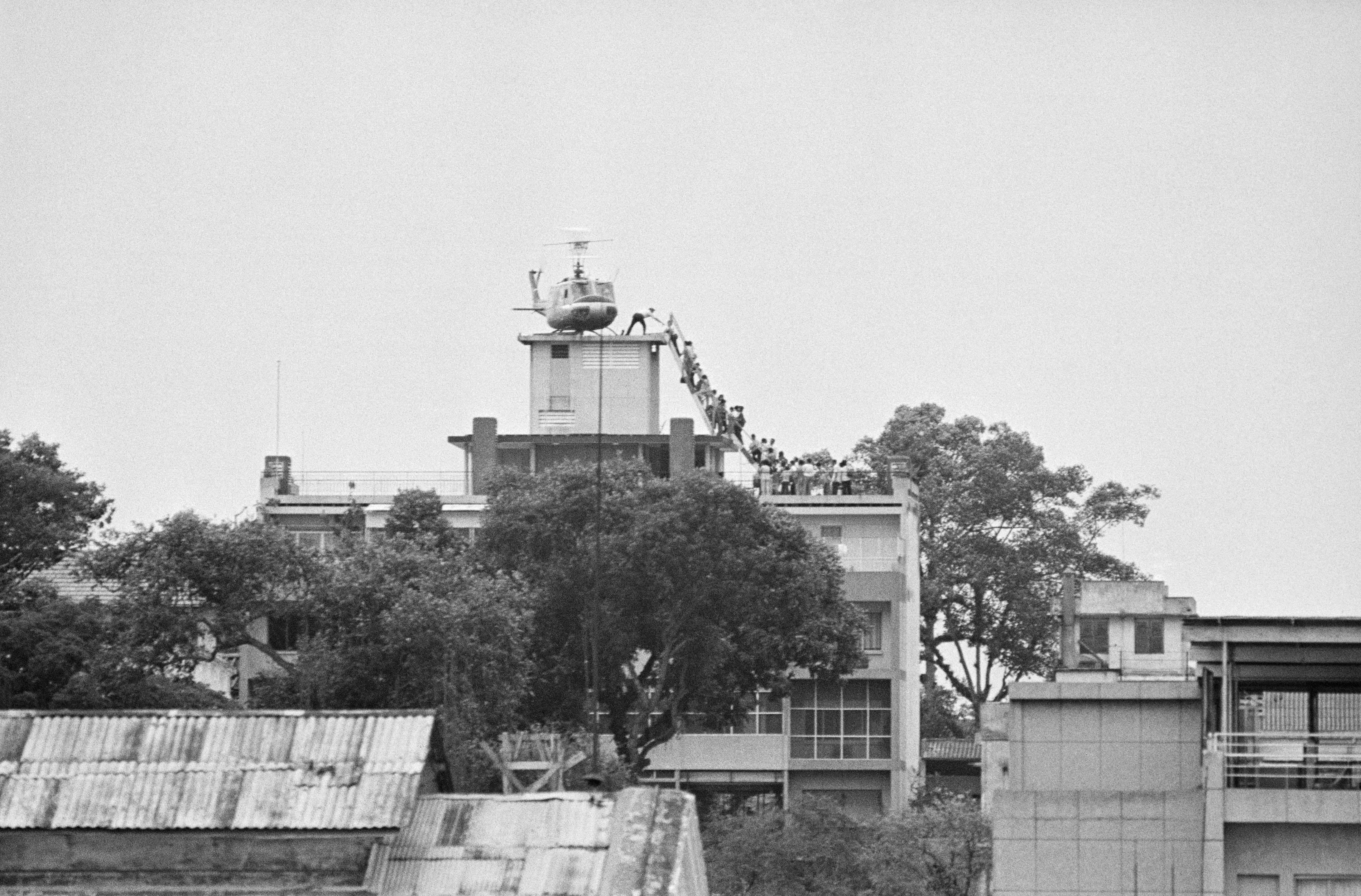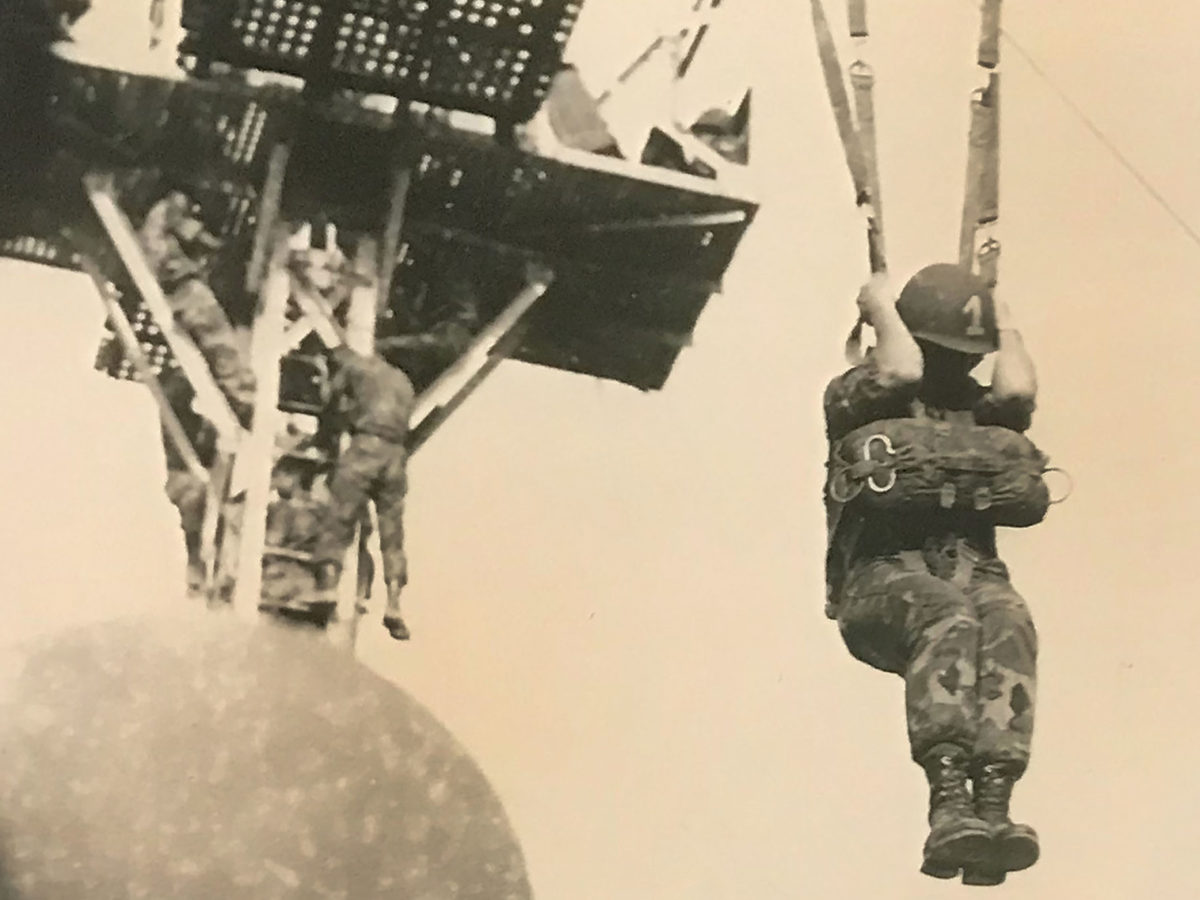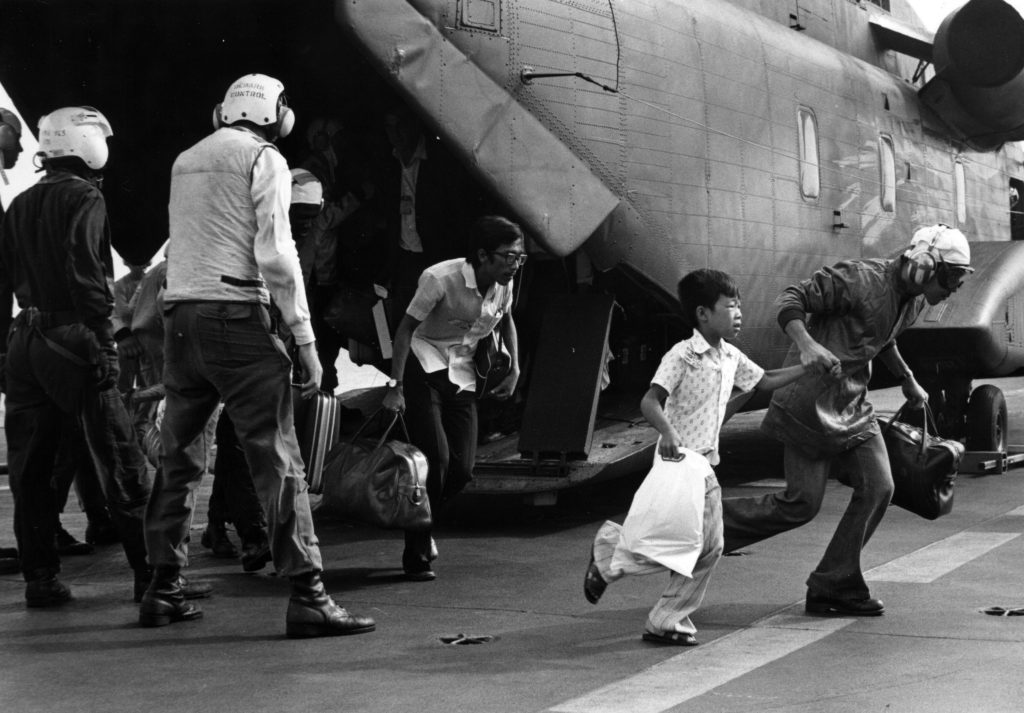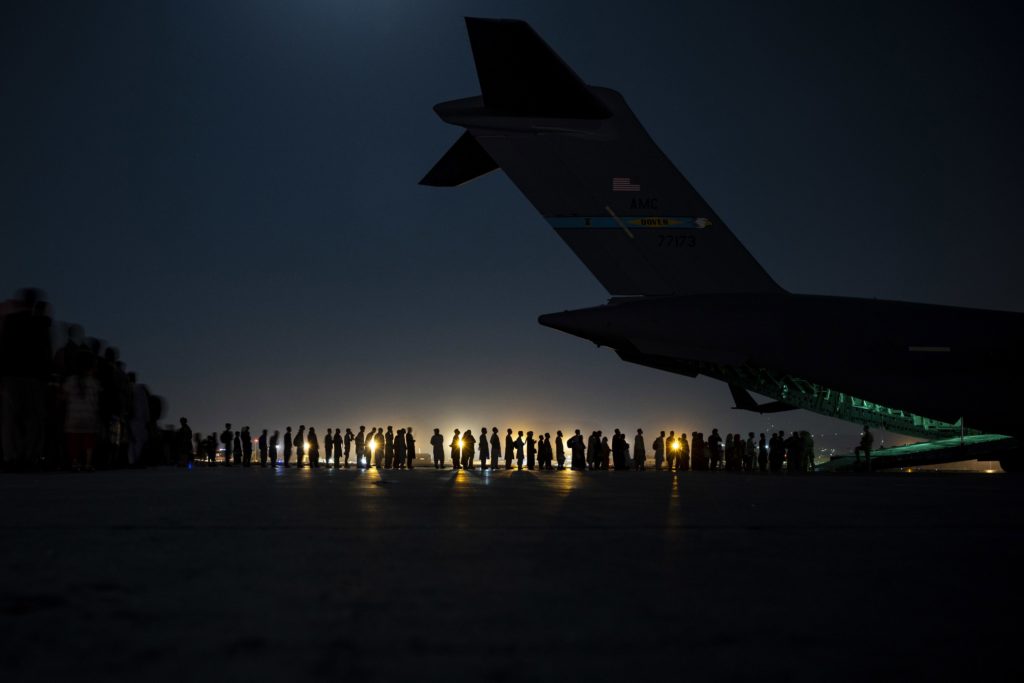It has become an iconic symbol of American involvement in Vietnam: Scores of desperate Vietnamese attempting to board an American UH-1 “Huey” helicopter on the rooftop of the U.S. Embassy in Saigon in the spring of 1975.
Yet the photograph, “like so many things about the Vietnam War,” Hubert Van Es, the man behind the famed photograph, wrote in 2005 for The New York Times,“it’s not exactly what it seems.”
The men and women jostling to get aboard the American aircraft were not atop the U.S. embassy at all, but on the roof of the Pittman apartment building, which housed senior Central Intelligence Agency employees during the tail end of the war.
The Dutch photographer, assigned to Vietnam since 1969 for The Associated Press and United Press International, managed to get the iconic shot purely by chance.
GET HISTORY’S GREATEST TALES—RIGHT IN YOUR INBOX
Subscribe to our HistoryNet Now! newsletter for the best of the past, delivered every Monday and Thursday.
FAll of Saigon
On this day, the beleaguered citizens within the city of Saigon witnessed the largest helicopter evacuation in history, with two United States Marine Corps helicopter squadrons, 10 U.S. Air Force helicopters, and Air America carrying out 1,373 Americans and 5,595 people of other nationalities.
“At around 2:30 p.m. on April 29, 1975, Van Es captured the shot that came to symbolize the frenetic Saigon evacuation mission, known as Operation Frequent Wind,” Lauren Coontz wrote in Coffee or Die.
Recommended for you
Working four blocks away from the Pittman building, the photographer was tucked away in a dark room when he heard a colleague shout, “‘Van Es, get out here, there’s a chopper on that roof!’”
“I grabbed my camera and the longest lens left in the office — it was only 300 millimeters, but it would have to do — and dashed to the balcony,” Van Es recounted.
After shooting about 10 frames, Van Es returned to the darkroom to process his shots.
GET HISTORY’S GREATEST TALES—RIGHT IN YOUR INBOX
Subscribe to our HistoryNet Now! newsletter for the best of the past, delivered every Monday and Thursday.
bad communication
“In those days, pictures were transmitted via radio signals, which at the receiving end were translated back into an image,” Van Es said. “A 5-inch-by-7-inch black-and-white print with a short caption took 12 minutes to send.”
Despite clearly identifying the downtown Saigon building, “apparently, editors didn’t read captions carefully in those days, and they just took it for granted that it was the embassy roof, since that was the main evacuation site.”
The misidentification of the iconic photo’s location persisted for decades. Van Es routinely attempted to dispel the false narrative, to no avail.
“Thus one of the best-known images of the Vietnam War shows something other than what almost everyone thinks it does,” he said.
historynet magazines
Our 9 best-selling history titles feature in-depth storytelling and iconic imagery to engage and inform on the people, the wars, and the events that shaped America and the world.









